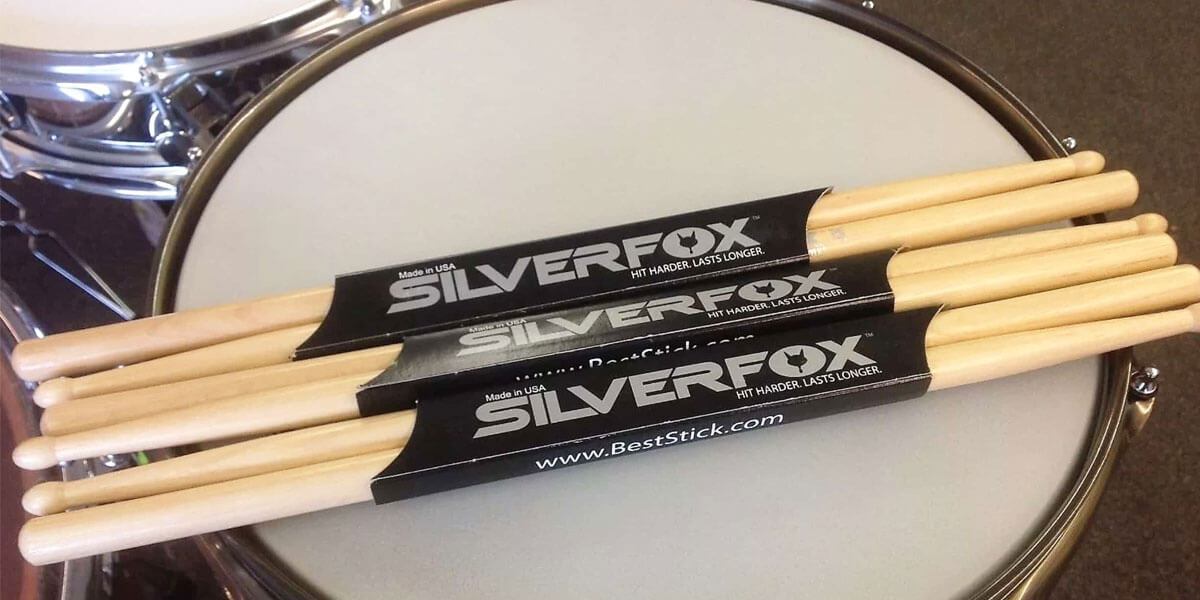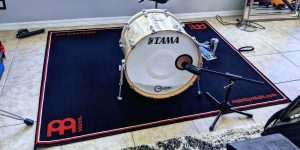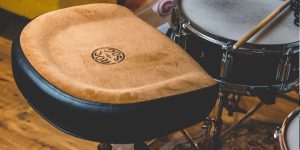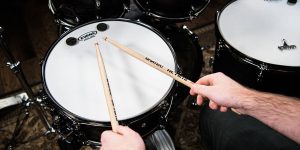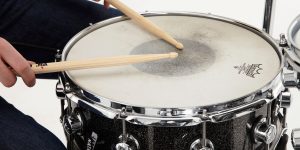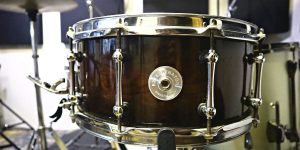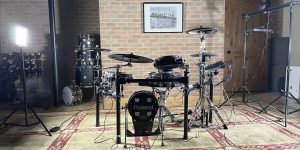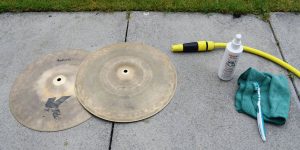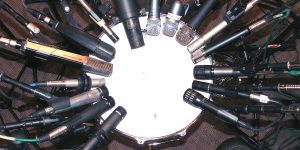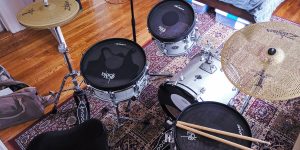As an essential extension of a drummer’s hand, the selection of drumstick sizes can significantly impact the rhythm, sound, and overall performance. Just as a painter selects the right brush to create an art masterpiece, drummers must also pick the perfect drumstick size to suit their playing style and genre. The right drumstick size can greatly influence your technique, producing a comfortable grip and optimal sound. This article delves into the intricacies of drumstick sizes, aiding drummers to make informed decisions that can elevate their musical journey.
What determines the size of the drumsticks
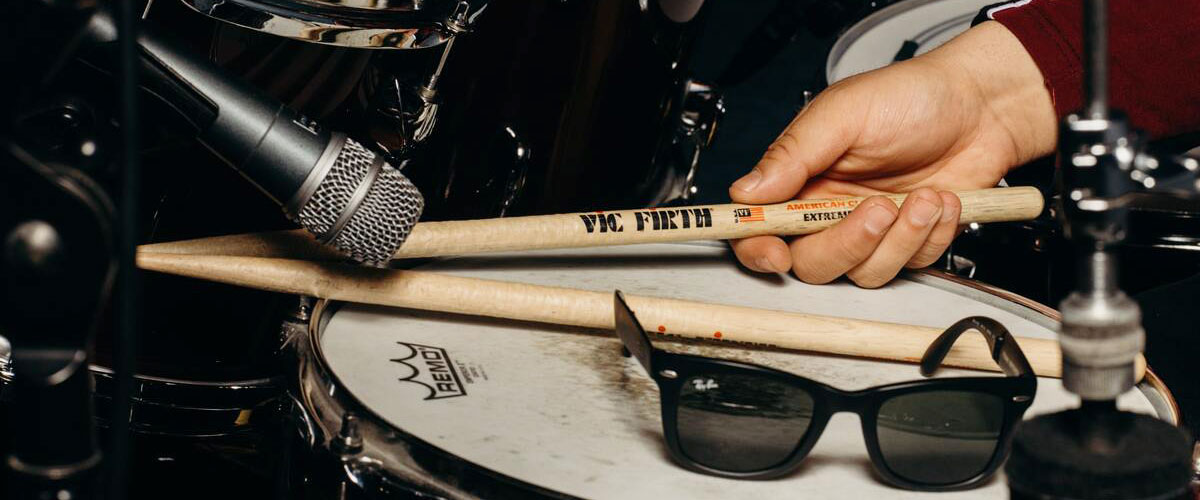
Drumstick anatomy
Based on my experience, I can assure you that understanding drumsticks’ anatomy is vital in identifying how different dimensions contribute to a drumstick’s overall size and weight. Essentially, a drumstick is composed of three main parts:
- Tip: This is the part that directly contacts the drum. Its shape and size affect the sound and tone produced.
- Shoulder: Located just below the tip, the shoulder’s shape influences the quality of the sound produced, either bright or dark.
- Taper: This is the area between the shoulder and the butt end. The drumstick length and thickness of the taper play a critical role in the drumstick’s balance and rebound.
- Shaft: This is the main body of the drumstick. Its diameter influences the grip and overall feel of the stick.
- Butt: The bottom end of the drumstick, which can also be used for different sound effects.
Drumstick size measurements
Diameter: A drumstick’s diameter directly impacts the stick’s control and feel. A larger diameter typically provides a better grip but requires more effort, while a smaller one is easier to handle but might not offer as much control.
Length: In answering the question ‘how long are drum sticks’, it’s important to note that drumstick length can vary based on the model and manufacturer. However, standard drumsticks are typically between 15 and 17 inches long. The length of the drumstick can affect reach, balance, and projection. Longer drumsticks offer increased reach and louder sound projection but may affect the balance. Conversely, shorter drumsticks provide better balance and control but may limit reach and projection.
Taper: The taper of a drumstick has a significant role in determining the stick’s weight distribution and responsiveness. A longer taper can offer more flex and faster response but less durability, while a shorter taper tends to be more durable but may not have the same level of responsiveness.
Common drumstick sizes and types
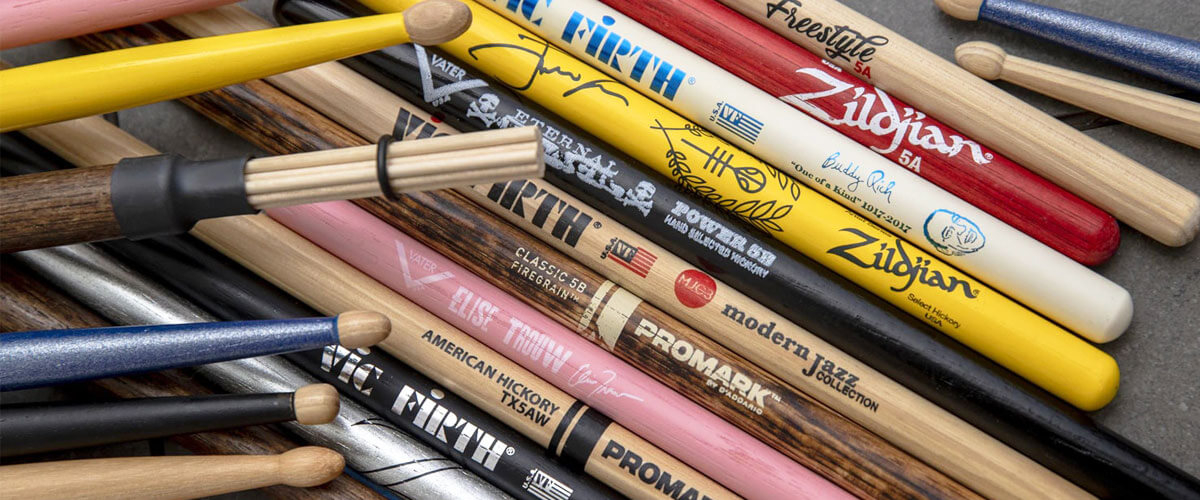
Standard drumstick sizes
Standard drumstick sizes vary significantly, each offering unique characteristics tailored to different playing styles, genres, and player preferences. These standard sizes are often denoted by a number and a letter (e.g., 5A, 7A, 2B).
| Size | Description |
|---|---|
| 5A | This is considered the most common drumstick size and is often seen as the industry standard. With an excellent balance between weight and diameter, 5A sticks are versatile and are used across a multitude of music genres. When comparing “5A vs. 5B drumsticks,” the 5A is lighter and thinner, offering a more comfortable grip for most and making it an excellent choice for beginners. |
| 7A | These are typically lighter and thinner than 5A sticks, making them suitable for lighter playing styles like jazz. They provide a softer touch and are favored by drummers who value detailed cymbal work. |
| 2B | These drumsticks are heavier and thicker, designed primarily for louder music genres such as rock or heavy metal. They offer more volume and are more durable but might require more effort to control, especially for beginners. |
I recommend starting with a standard size like the 5A for those just embarking on their musical journey. As a balanced option in the spectrum of drumstick sizes for beginners, the 5A provides an excellent feel and control, which can facilitate the learning process. Players can experiment with other sizes and types to find their perfect fit as they develop and explore different musical styles.
Specialty drumstick sizes
Aside from the standard sizes, there are also specialty drumstick sizes designed for specific genres or playing styles. These variations allow drummers to achieve the unique sound profiles demanded by certain genres.
| Size | Description |
|---|---|
| Jazz drumsticks | Jazz drummers often favor lighter and more agile sticks, such as the 7A, which allow for quick, intricate cymbal work and softer volumes. Specialty jazz sticks might feature a smaller tip for a more defined cymbal sound. |
| Heavy metal drumsticks | On the other end of the spectrum, drummers playing heavy metal or hard rock typically prefer heavier sticks like the 2B or even larger. These sticks can withstand aggressive playing and produce louder volumes. |
| Marching drumsticks | These are generally larger and heavier than standard drumsticks, designed for projection and durability to meet the demands of outdoor marching band performances. |
Factors to consider when choosing drumstick size
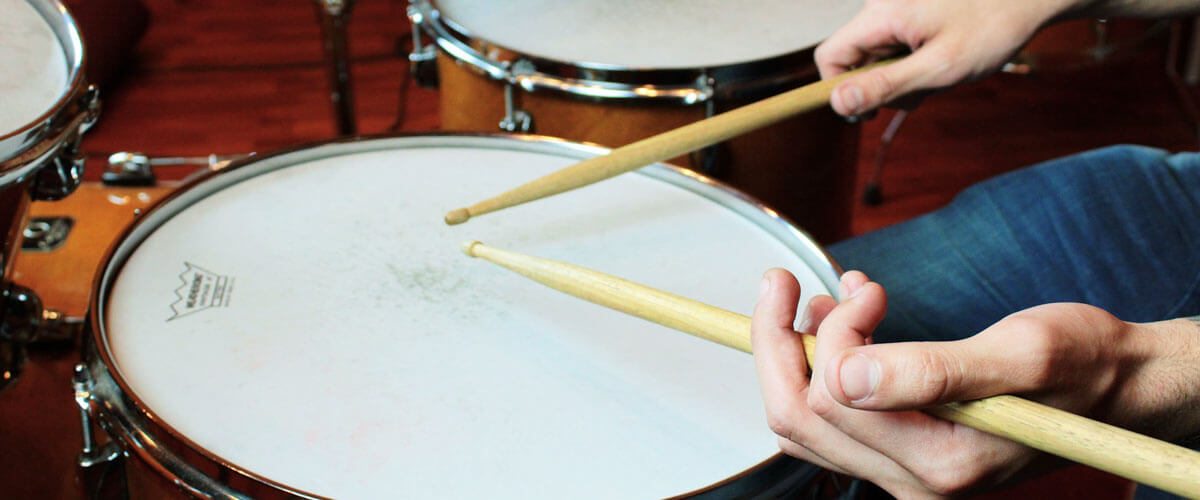
Playing style and genre
Your playing style and musical genre can significantly influence the appropriate drumstick size. For instance, if you often play delicate, intricate rhythms, a lighter and thinner stick like a 7A might be more suitable. Conversely, if you’re into rock or metal, requiring more volume and resilience, a thicker and heavier stick such as a 2B could be more appropriate. Jazz drummers may favor lighter, more agile sticks that permit swift, detailed cymbal work. Always consider your musical needs and how different drumstick sizes can complement them.
Technique and articulation
The technique and articulation you employ also affect your drumstick size choice. If your technique involves fast, complex beats, a lighter drumstick might serve you better by providing speed and control.
Physical factors
- Hand size: This parameter undoubtedly affects comfort and grip when handling drumsticks. If you have smaller hands, you might find a stick with a smaller diameter, like the 7A, more comfortable.
- Strength and endurance: Your physical strength and endurance are also important in selecting the right drumstick size. Heavier drumsticks may produce louder sounds but require more energy to control, which can quickly lead to fatigue.
When choosing a drumstick, it’s essential to understand the relevance of your personal physical attributes, your playing style, and the musical genre you engage with. With drumstick sizes explained, you are now better equipped to decide on the most suitable drumstick size, ensuring drumming remains a comfortable, enjoyable experience that allows you to express your musicality without physical strain. Remember, drumming should be a comfortable, enjoyable experience that allows you to express your musicality without physical strain.

